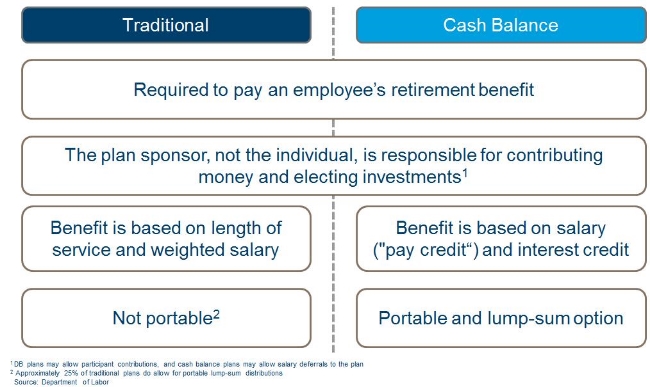Contributed by: Melissa Parkins, CFP®
The infamous question – should I continue to rent or should I buy a house? The answer – it completely depends! The right answer for you will depend on a number of factors:
How long you plan on living in the same location
The prices of rent compared to buying in your location
Costs such as maintenance and repairs, insurance, property taxes
The inflation rate that rent will rise
See Matt’s blog for more considerations and details when contemplating buying a home. It is one of the largest financial decisions you will make in your life, and there are a lot of common misconceptions to also consider before pulling the trigger:
Paying rent is the equivalent of throwing away money.
Either way, you have to pay to live somewhere, because of the way amortization schedules work, only a small portion of your monthly mortgage payments go towards building equity in your home (even smaller than you probably think!). Most of your monthly payments are going towards paying the bank interest, which can also be seen as throwing away money. Some say you are better off renting unless you plan on being in the home more than 5 years because of this reason. Plus there are added costs that come up when you own a home, like property taxes, insurance, maintenance, and repairs.
You’re getting married. Time to buy a house together.
Give yourself time to get settled, decide on a location together, do you research, and especially, learn to manage your finances together before you jump right in to buying a home. There are enough changes going on at this point in your life, so don’t be in a rush to get in a house just because you think it is what you are expected to do next. Take the time to find a home you love that is in your price range and meets all of your other requirements. That being said, my fiancé and I bought our house together right before getting married, and it (hopefully?!) was the right decision for us.
The real estate market is only getting more expensive. You must buy now.
You should really wait until the time is right for you, and not just buy because of the market. Do you have an adequate emergency fund saved? Have you saved to cover the down payment without depleting your emergency fund? Do you have other debts that should be paid off first? All of these factors should be worked out before you try and buy a home. When the time is finally right for you to buy, don’t fret…there will still be houses on the market!
Buying a house is a good investment.
It takes years to build equity in a home. The market must cooperate. You will undoubtedly have costs coming up that detract from your “return.” Your primary home should not be looked at as an investment only.
So if you are looking to be a first-time homebuyer: take a step back, don’t be in a rush, and consider all of the factors. It is important to be sure that you are financially ready to buy a home, and if not, continuing to rent may be the best option for you for more reasons than one.
Melissa Parkins, CFP® is an Associate Financial Planner at Center for Financial Planning, Inc.®
The foregoing information has been obtained from sources considered to be reliable, but we do not guarantee that it is accurate or complete. Opinions expressed are those of Melissa Parkins and are not necessarily those of Raymond James. Raymond James Financial Services, Inc. does not provide advice on mortgage issues. These matters should be discussed with the appropriate professional.


















